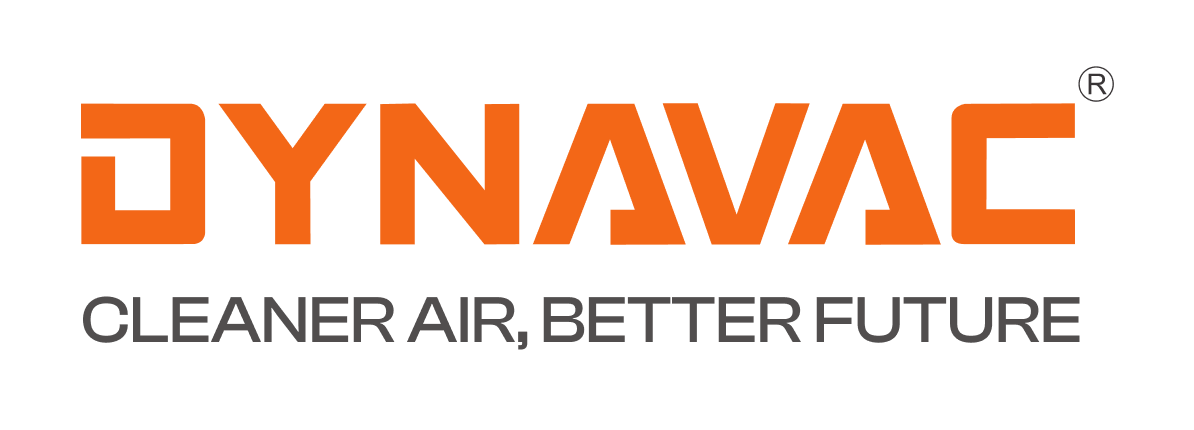case studies
Dynavac Clears the Air for Cleaner Production for a Shoe Manufacturing Company
Introduction:
A clean and healthy work environment is essential for any manufacturing facility. For one of our customers, a shoe manufacturer dedicated to producing high-quality footwear, dust generated during the shoe trimming process was creating a significant obstacle. This case study explores how Dynavac’s industrial dust collection solutions helped the Shoe Manufacturer achieve a cleaner and more efficient production environment.
Problem Statement:
During the trimming process, where the bottom half of the shoe is shaped and finished, dust composed of leather, wood, and foam particles posed a major challenge:
- Respiratory Hazards for Workers: The dust directly impacted the operator’s breathing zone, making it difficult to work in the area and leading to potential respiratory health risks.
- Production Slowdown: The dust necessitated frequent cleaning breaks, disrupting production flow and causing delays in completing shoe batches.
- Reduced Visibility: Airborne dust particles could hinder the operator’s ability to see the work area clearly, potentially impacting trimming accuracy and product quality.
- Targeted Dust Collection: The DCSQ5PJC4 is a 5 HP, industrial-grade dust collector with a large 6 square meter filtration area. This centralized unit can be positioned strategically to capture dust directly from the shoe trimming station.
- High-Capacity Filtration: The DCSQ5PJC4 utilizes a high-performance filtration system specifically designed to capture a variety of dust particles, including leather, wood, and foam. This ensures clean air is returned to the production environment.
- Flexible Positioning: The DCSQ5PJC4’s design allows for flexible positioning, enabling it to be placed near the trimming station without obstructing workflow.
- Improved Air Quality: Dust extraction at the source significantly reduced airborne particles, creating a cleaner and healthier work environment for employees.
- Enhanced Production Efficiency: Reduced cleaning interruptions and improved visibility due to minimize dust allowed for a smoother production flow and on-time completion of shoe batches.
- Increased Worker Satisfaction: A cleaner working environment and reduced health risks fostered improved employee morale and satisfaction.
- Improved Product Quality: Reduced dust levels minimized the risk of imperfections during trimming, leading to higher-quality footwear.
